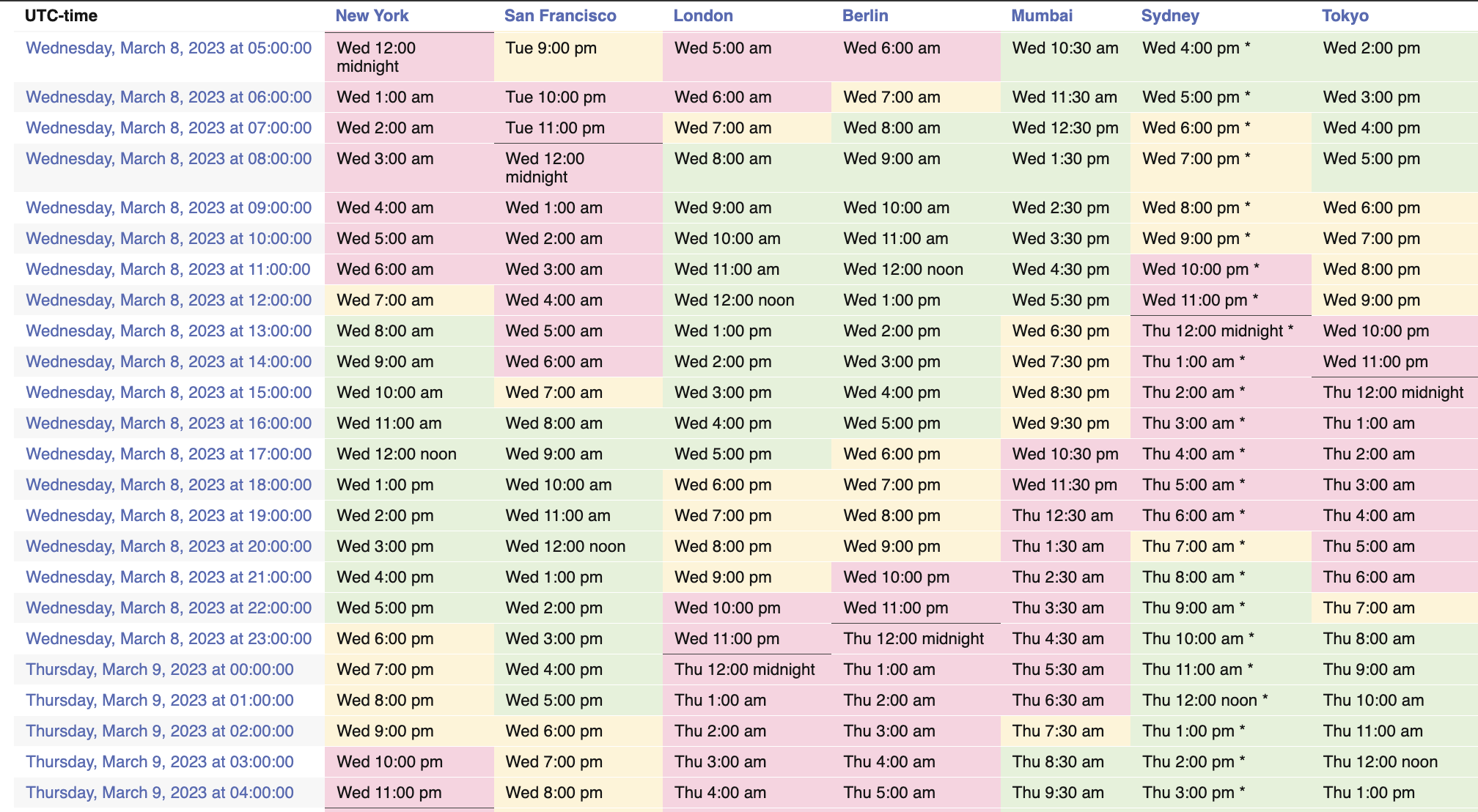A few weeks ago, I had to advise a design studio on licensing fonts. It is a common practice since different foundries and distributors handle licenses in many alternative ways. What may be complex for us, who work in the type industry, can become a nightmare for font users and design studios that acquire licenses for their clients. Some have made an effort in simplifying font licenses but webfonts is still a case worth discussing.
From all the types of use you can make of fonts, the web is probably the format where we find more differences, both in the licensing model and the pricing. Some articles offer information on the topic and compare the different licenses available. I was surprised to note there is little debate or discussion on this.
In terms of pricing, we can differentiate two main models for licensing webfonts, “pay as you go”—I call it a subscription to be less ambiguous— and “pay once”.
Before writing this article, I wanted to get a first impression of people’s positions so I did a quick poll. The question was simple and plain—with all the ethics implied in the word “unfair”—Do you think the annual subscription model for webfonts is unfair? I acknowledge I positioned myself when formulating the question, choosing the word “unfair” instead of “fair” and offering two affirmative options but only one for disagreement. The results of the voting are almost balanced, 41% think the subscription model for webfonts is fair—not “unfair”—and 59% agree this is an unfair model. A considerable percentage of people (32%) voted strongly on this, thinking the subscription model for webfonts is a scam. Needless to say, when I ask about “fairness”, I consider all the people involved in the trade (font distributor, font author, buyer, licensee and font user). It is impossible to think about fairness if not fair to everyone affected.
I will briefly describe the experience that made me especially reflect on this. A design studio wanted to license a webfont for a client. The budget for the project was limited, having a maximum amount for licensing fonts. They presented the proposal using trial fonts and calculated the license cost to fit the estimate. The project was approved. While buying the font licenses, they discovered the cost for the web was a recurring payment, tying the client to the distributor and exceeding the budget over time. They trusted the platform they often used for licensing fonts and they didn’t check in other places. While studying this case I could confirm the font was also available from other distributors and on the foundry site. If they were acquiring the web license in MyFonts, they had to commit to an annual payment (e.g. one font 37€). Meanwhile, the foundry site and other distributors offer the license as a one-payment purchase (e.g. one font 39$). The price is similar in both cases, which means the subscription model is never cheaper, not even in the unlikely case of using the font only for a few months. Would you consider this fair trade?
Many questions come to mind when reflecting on this. Why do licensees have to be dependent on a platform/company? What if the company goes bankrupt, is sold, or changes the subscription terms? Why make a periodic payment? Are the distributors guaranteeing and offering updates on the fonts or any extra services—besides hosting? If so, does the client need that? Also, some distributors include two options for webfonts licenses, “pay once” or “recurring payment”. In these cases, why is “one payment” so expensive compared to desktop fonts? I would be interested to know the math and reasoning behind this pricing model.
If you ask me, I would say webfont subscriptions are not fair, especially to the user. It makes them dependent on a particular company/platform and very often expend more money over time.


